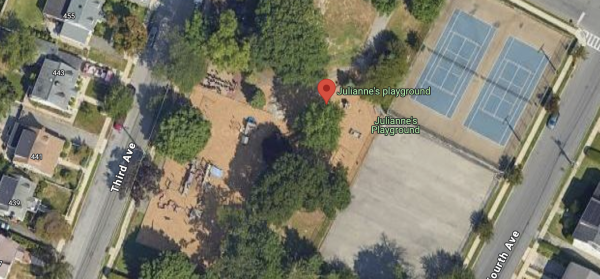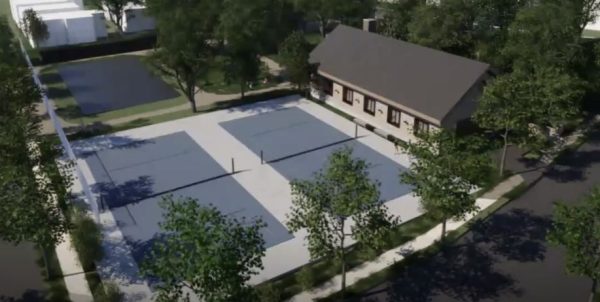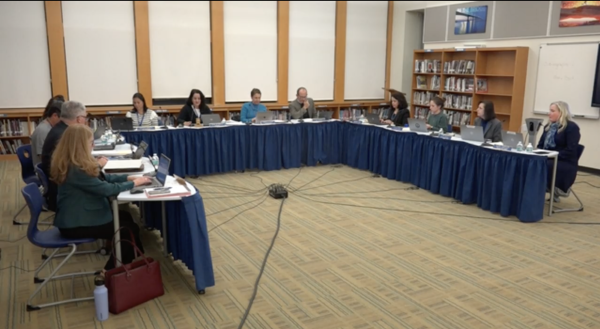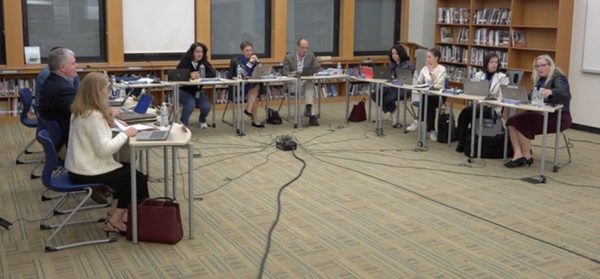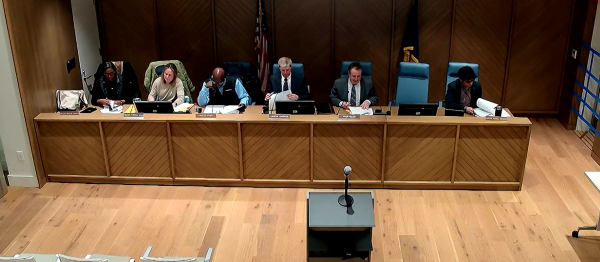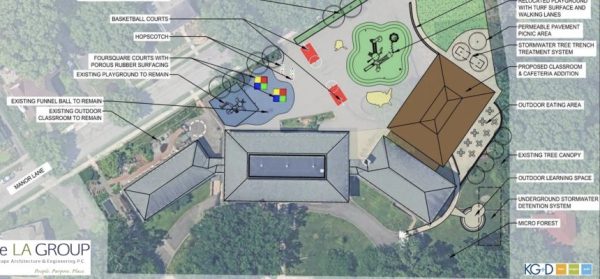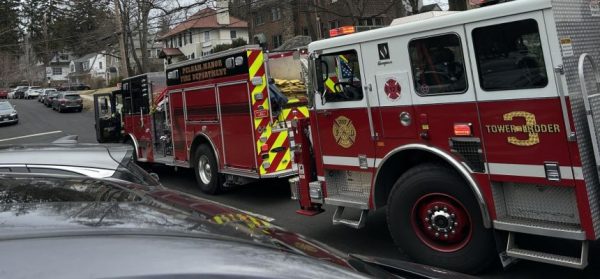Flooding problem: At least $7.9 million in needed repairs for Pelham Manor storm sewers detailed in engineering report
Residents at meeting not supposed to ask engineer questions
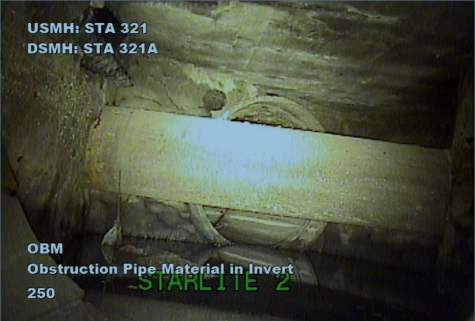
The Village of Pelham Manor’s stormwater sewer system needs at least $7.9 million worth of work to reduce flooding that has plagued three areas of the municipality for years, according to the Village-Wide Drainage Infrastructure Assessment prepared by AI Engineers/Dolph Rotfeld Engineering Division.
That price tag does not include costs for projects that were listed as “to be determined,” such as a sanitary sewer main that passes directly through a stormwater manhole under Glover Field—causing rainwater to back up into the Wolfs Lane area during storms—and dredging an open channel in New York City’s Pelham Bay Park. The report recommends a $1.2 million project to replace existing pipe under Mount Tom Road with a 48-inch polyethylene conduit that would run to where the line discharges in New Rochelle. Those three projects alone require cooperating with three other governmental entities—New York City, the City of New Rochelle and the Pelham Union Free School District—illustrating the complexity of the task ahead.
Other problems identified by Dolph Rotfeld using CCTV inspection and an Environmental Protection Agency model include clay pipe in poor or deteriorated condition and some lines that are too narrow for the volumes of rainwater they must handle.
Anthony Oliveri from Dolph Rotfeld Engineering gave a 45-minute presentation on the report Monday at the Village of Pelham Manor Board of Trustees meeting with a large crowd in attendance.
“This assessment provides a comprehensive look at our system, and it provides a way to systematically move forward so we can hopefully increase the capacity,” said Village Manager Lindsey Luft in introducing Oliveri. “I know many people are interested in a timeline for when all the work will be completed. I would like everyone to know that this is a continuous effort. It will be part of our long-term planning.”
Nonetheless, a timeline was what several of the eight speakers asked for during the two-hour public comment period later in the meeting. Taxpayers were not allowed to ask Oliveri questions directly, rather they were required to email or put on comment cards their questions, which were then to be answered by Luft at some point after the meeting. Luft said the step was taken to provide “an equitable environment for our community” because of those who could not attend the meeting. Oliveri did end up answering a few questions during public comment.
The System is Overwhelmed
The report, which divides the village into five watersheds, confirmed what residents of three areas in Pelham Manor already know: When it rains a great deal, the system is overwhelmed, flooding streets, yards and homes.
As an example, in the area west of I-95 that runs along the southern village line, the Dolph Rotfeld report said the EPA’s Storm Water Management Model showed “surcharging of manholes” during the largest storm expected in a one-year period. Such a weather event would produce 2.85 inches of rain. (Sewers are said to be surcharged when the amount of water to be carried is greater than the capacity of the pipes to handle the flow.)
“These results indicate that the full capacity of the piping has been reached, and there is likely flooding within the roadway under these conditions,” the report said. A ten-year storm (5.09 inches) and a 100-year storm (8.96 inches) would cause even more overloading of the manholes “with full surcharge at various points along the pipe run.” said Dolph Rotfeld, which has a decadeslong relationship with the village.
The model “agrees with anecdotal evidence, showing study target areas experience surcharging during the modelled storm events noted, primarily in areas near Monroe Avenue.”
The detailed report listed similar findings for two other watersheds, though the causes vary, as the issues with the intersecting sewer and stormwater pipes and the channel in Pelham Bay Park indicate.
While cautioning “it would not be a realistic or practical goal to increase capacity to protect against every possible event,” Dolph Rotfeld listed nine different projects in the report’s “potential improvements” section, prioritizing some and stating others could be handled via the village’s annual capital budget and completed in phases.
Top Priority Items
The top priority items with estimated costs from the report:
- Investigate removing the sanitary sewer pipe from the stormwater manhole under Glover that’s creating a blockage in the flow so as to “produce significant increases in capacity up to the one-year storm event.” (The sewage pipe is used by Pelham Manor, the Village of Pelham and New Rochelle, connecting with a county pump station behind the Ice Hutch.) Cost: TBD.
- Replace existing pipe under Highbrook Avenue from Pelhamdale Avenue to Witherbee Avenue with a 48-inch polyethylene conduit, providing that the Glover project is undertaken or further study shows that blockage will not be a problem with increased volumes. Cost: $1.2 million.
- Work with New York City to improve capacity of the open channel in Pelham Bay Park, including replacing dual culverts under a bridal path. Cost: TBD for the channel; $75,000 for the culverts.
- Partner with New Rochelle on the Mount Tom Road culvert project, which would increase capacity to handle up to a 10-year storm event. Cost: $1.2 million, including New Rochelle’s share. (The city is currently in the midst of its own flood study, the report noted.)
During the public comment, one resident said, “I think the next question on people’s minds is, what’s the timeline? When are things going to start? What’s the plan? How long is it going to take to accomplish this?”
Mayor Jennifer Monachino Lapey said the board couldn’t say, calling the report “an incredible tool that’s going to inform our decision making. We have lots to do in this village.”
“We can’t give a timeline yet,” said Trustee Maurice Owen-Michaane.
Public Comment
A resident living at 440 Pelhamdale, which is in watershed one, said the report’s recommended improvements would only bring his area up to the one-year-storm-event standard, which is already being exceeded more than once a year. He asked what will be done to get the system to a point where it can handle 10-year storms in that area, as the projects for the other two watersheds would.
“We’re designing solutions just to get to the one-year frequency,” he said.
Luft agreed there is work recommended to get the area to the one-year standard, there are projects not in the report that could be undertaken after.
The report provides answers, “but it’s not the end of the conversation,” said Oliveri.
Peter Bazeli of 8 Rockledge Drive said, “We’ve all invested truckloads of money into our homes to mitigate flooding. The village seems to have an aversion to municipal debt and big government… and I’m looking for the big move at this point.”
In an interview, Bazeli said, “I was disappointed that the village board did not allow for an open dialogue with the engineers, despite the fact that they attended the entire meeting.”
“I asked several times for a measure of what residents could expect to see as progress on this issue by the next trustees’ meeting,” he said. “None of the village leadership answered my question with these types of specifics, and we were told simply, ‘trust us, we’re working on it.’”
With $250,000 budgeted this year, and $750,000 allocated in future budgets to mitigate flooding, he said, “The village is woefully unprepared to pay for the work that lies ahead.”
The village will not make available for download the complete report, including eight appendices with watershed maps, computer model profiles and a report on the April 28 storm, because, according to a memo from Luft, the entire assessment is “voluminous.” Taxpayers must call to make an appointment to view the appendices at village hall.
At the meeting, Luft said the computer files for the maps are extremely large and cannot be emailed.
“They’re maps,” said Monachino Lapey, holding one up. The mayor said Luft would come out to homeowners’ locations to review the maps.
On Monday, the village made Appendix A: Overall Map with Target Areas available for download, with viewing of the rest still requiring a visit to village hall.
At the beginning of the meeting, Trustee Bridget Bennett announced three Pelham Manor police officers will train for EMT certification. Two already have it.



